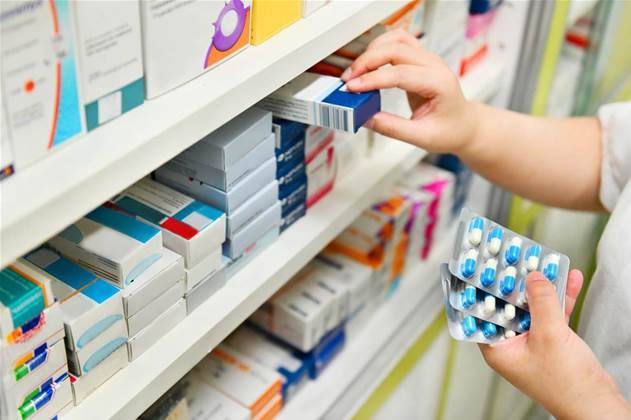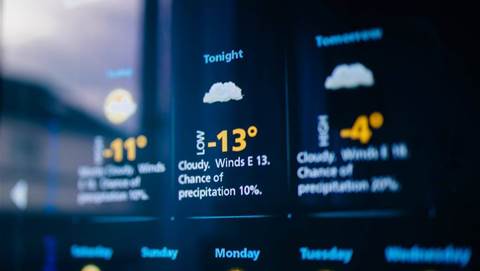Westmead Hospital in Sydney has deployed new price optimisation software developed by the University of Sydney to ratchet down the cost of thousands of pharmaceuticals and prune its $3 million a month price tag of dispensing medications.

It's a small but highly significant development that offers the potential to rein in drug costs across public hospitals by using price data to hunt out the best deals in a similar way to how aggregators for hotel and airline bookings scour the web for the best deals.
Westmead’s head pharmacist Dr David Ing said the cost of drugs and medical supplies can vary greatly between suppliers, with prices sometimes fluctuating from month to month.
“There are several thousand lines of pharmaceuticals that are procured and managed across Westmead, and pricing for each is influenced by market dynamics i.e. competition, patent expiry, supply chain and government policy,” said Ing.
Some suppliers also discouraged shopping around by offering discounts and rewards for sticking with them which didn’t always improve hospital’s bottom line.
Dr Aldo Saavedra from the university's Faculty of Health Sciences, who helped develop the new software, said when first started working at the hospital everyone was too preoccupied trying to keep the lights on.
This left no time or space in the budget to try and introduce better buying practices.
“With a monthly spend of around $3 million, the objective of our pharmaceutical procurement is to ensure that essential medicines are available uninterrupted and at the most cost-efficient price," Ing added.
The way Westmead previously kept track of all this was with an Excel spreadsheet manually maintained by a dedicated procurement officer who had to laboriously re-evaluate the costs of medications on a regular basis.
The software developed by Saavedra and Dr Erick Li from the university’s Business Analytics unit is capable of organising all of the data on government rebates and wholesalers’ price books to quickly determine the lowest market price for any pharmaceutical product.
One estimate puts Westmead’s savings at nearly five percent, or $150,000 per month.
“This project became a good flagship for showing how we can actually use data to improve something very simple like choosing the best medication,” said Saavedra.
Saavedra and Li say that with some modification their “little tool” for procurement could be installed in any hospital in Australia.
“Each year NSW Health spends approximately $1.8 billion on drugs, medical and surgical supplies,” said Li.
“If we can save one percent from the bottom line, we can direct these savings to better patient care.”


.png&h=140&w=231&c=1&s=0)


_(20).jpg&h=140&w=231&c=1&s=0)





 iTnews Executive Retreat - Security Leaders Edition
iTnews Executive Retreat - Security Leaders Edition












_(1).jpg&h=140&w=231&c=1&s=0)



